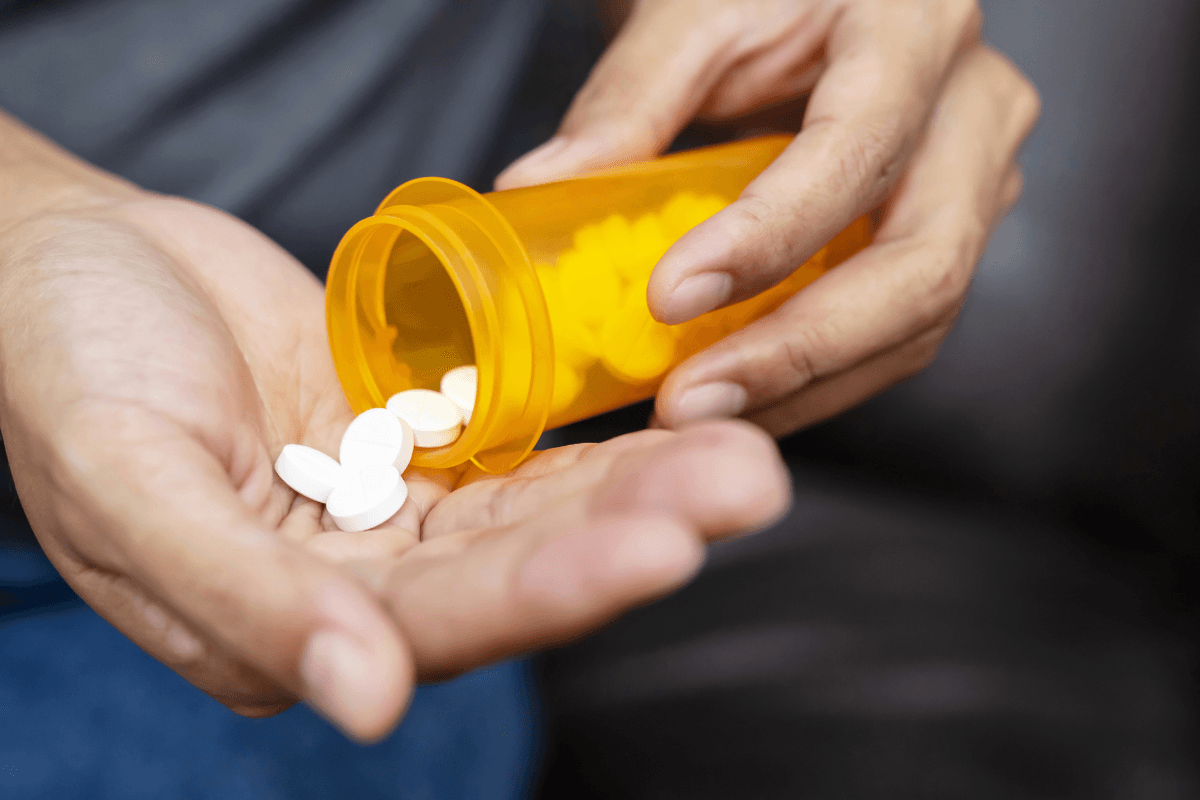Obsessive-compulsive disorder (OCD) can feel like a constant mental loop—recurring thoughts, repetitive behaviors, and overwhelming anxiety that won’t let up. For many, these symptoms interfere with work, relationships, and overall quality of life. Among the treatment options available today, Fluvoxamine stands out as a well-established medication with proven results in reducing these disruptive thought patterns.
While not the only option available, Fluvoxamine is one of the earliest selective serotonin reuptake inhibitors (SSRIs) approved specifically to treat OCD. If you’re curious about Fluvoxamine for OCD, how it helps with obsessive thoughts, or how it compares to other medications, this guide offers a clear, conversational breakdown.
What Is Fluvoxamine and How Does It Work?
Fluvoxamine belongs to a class of antidepressants known as SSRIs, which work by increasing serotonin levels in the brain—a neurotransmitter often linked to mood regulation and emotional control.
Fluvoxamine was one of the first SSRIs used primarily to treat OCD rather than depression alone. It helps ease the mental rigidity and distressing thought cycles that are common in OCD by balancing serotonin activity, which plays a role in how the brain processes anxiety and compulsive behavior.
By dampening the “alarm system” in the brain that drives obsessions and compulsions, Fluvoxamine helps reduce the intensity and frequency of unwanted thoughts. With consistent use, many people find that they can better resist compulsive behaviors and regain a sense of control.
Why Fluvoxamine Is Prescribed for OCD
While SSRIs are commonly used for depression and anxiety, Fluvoxamine’s approval for OCD makes it uniquely suited for people dealing with persistent obsessions and ritualistic behaviors.
Doctors often recommend Fluvoxamine for OCD when symptoms are moderate to severe, especially if these symptoms are interfering with daily functioning. It can be used alone or alongside cognitive-behavioral therapy (CBT), especially exposure and response prevention (ERP), which is considered a gold standard in OCD treatment.
Fluvoxamine’s benefits include:
- Reduced anxiety linked to obsessive thinking
- Lower frequency of intrusive thoughts
- Less need to perform rituals or compulsions
- Improved ability to engage in daily activities
It’s important to note that Fluvoxamine is not a quick fix. Most people begin to notice changes after several weeks of consistent use, with full effects often taking up to 12 weeks.
Fluvoxamine Dosage for OCD
For adults, the starting Fluvoxamine dosing is often around 50 mg per day, usually taken at bedtime to reduce drowsiness. If well-tolerated, the dose is slowly increased—sometimes up to 300 mg daily, divided into two doses.
In children and adolescents, the starting dose is typically lower, around 25 mg daily, with gradual increases based on individual response and side effect monitoring.
The key to successful treatment is patience and close communication with your healthcare provider. Finding the right Fluvoxamine dosage for OCD may take time, but gradual increases often lead to better symptom control with fewer complications.
Common Fluvoxamine Side Effects
Like most medications, Fluvoxamine can cause side effects, especially in the early stages of treatment. Most of these are mild and tend to fade over time as your body adjusts to the medication.
Some of the more common Fluvoxamine side effects include:
- Nausea
- Drowsiness
- Dizziness
- Insomnia
- Dry mouth
- Gastrointestinal discomfort
Less commonly, people may experience increased anxiety at the start of treatment, headaches, or changes in appetite. Serious side reactions are rare but should be reported immediately—especially symptoms like unusual mood changes, suicidal thoughts, or signs of serotonin syndrome (e.g., rapid heart rate, confusion, or muscle twitching).
Because Fluvoxamine interacts with certain medications and affects liver enzymes, always inform your provider about any other prescriptions or supplements you’re taking. Regular check-ins help ensure that your Fluvoxamine dosing remains both safe and effective.
How Long Does It Take to See Results?
One of the biggest frustrations for people starting OCD medication is the wait time. It’s important to understand that Fluvoxamine doesn’t provide instant relief. While some people notice subtle improvements in sleep or anxiety within the first couple of weeks, the full benefits for obsessive thoughts may take 8 to 12 weeks—or longer.
Sticking with the prescribed dosage, even during tough periods, helps maximize long-term results. Pairing Fluvoxamine with therapy can also accelerate progress and improve resilience during challenging episodes.
Is Fluvoxamine Right for You?
Fluvoxamine for OCD is a strong candidate for people struggling with obsessive thoughts that interfere with daily life. It may be especially helpful if:
- You’ve tried other medications with little success
- Your symptoms are primarily obsessive rather than depressive
- You experience intense anxiety when trying to resist compulsive behaviors
Still, this treatment isn’t right for everyone. A thorough conversation with a psychiatrist or primary care provider will help identify the best course of action based on your medical history, lifestyle, and treatment goals.
Where to Find Fluvoxamine Purchase Options
If you’re exploring treatment for OCD and need guidance on Fluvoxamine medication options, visit our Product Page for Fluvoxamine. You’ll find reliable purchasing options and resources that can help you manage your care effectively, all in one convenient location.
Frequently Asked Questions (FAQs)
How long does Fluvoxamine take to work for OCD?
Most people begin to notice changes within 6–8 weeks, though full effects may take up to 12 weeks. Early signs often include reduced anxiety and better sleep.
Can I stop taking Fluvoxamine suddenly?
No. Stopping suddenly can lead to withdrawal symptoms like dizziness, nausea, or mood swings. Always taper under a doctor’s guidance.
Is Fluvoxamine safe for long-term use?
Yes. Many people take Fluvoxamine for years under medical supervision. Regular check-ins help track progress and monitor for side effects.

